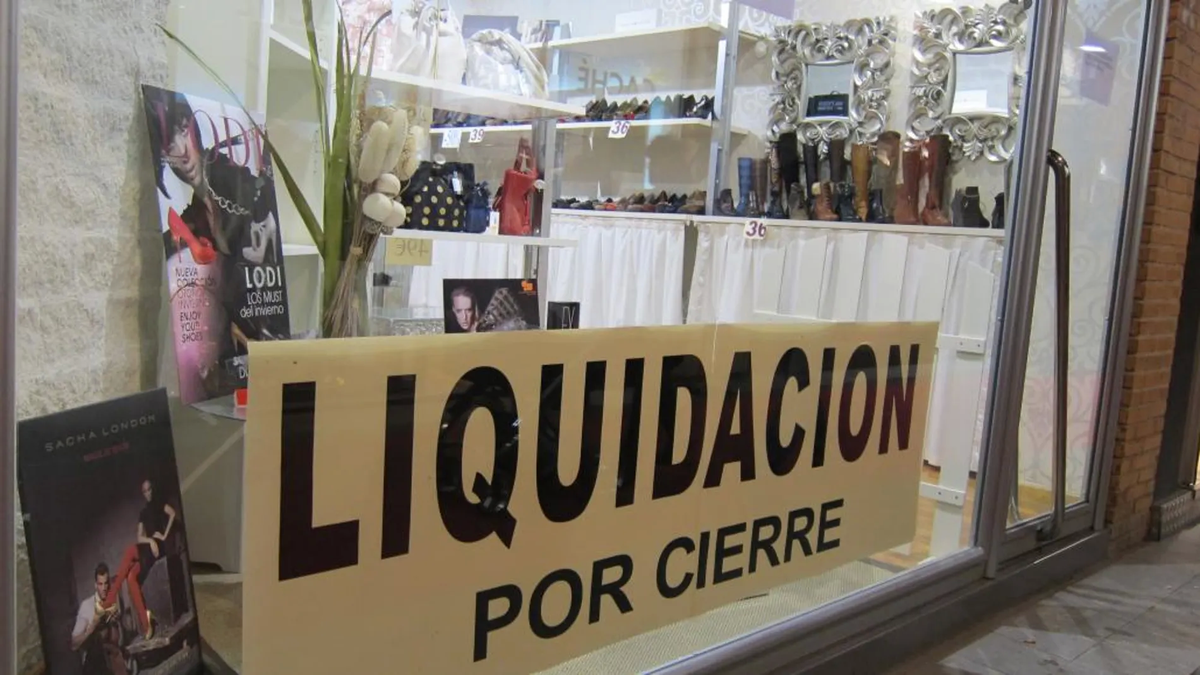He Dolar blue broke a new record in Argentina and the price gap continues to grow, to the point that the situation begins to be felt in the companies of the coast, with a large number of firms closing during the first quarter.
As the parallel market currency begins to climb, more and more Uruguayans who cross the border to take advantage of the exchange difference and perform shopping tourism, a practice that affects the internal consumption and the collection.
He Dolar blue rose 35 Argentine pesos this Tuesday and stood at 1,365 pesos for sale, according to a survey by Argentina scope, reaching a nominal maximum and stretching the gap with the official exchange rate to 50%,2, the maximum since last January 25.
The concern increases if we analyze so far this month, where the informal bill has accumulated an increase of 11.4%, that is, 140 Argentine pesos, while in May it had risen 17.8% (185 pesos).
The price gap with Argentina is felt on the coast
The pressure on the blue dollar is beginning to feel increasingly stronger in Uruguay and had a strong impact on the closure of companies reported by the INE during the first quarter of the year, with 7,540 companies closing their doors between January and March.
This was suggested by the president of the National Development Agency (ANDE), Carmen Sanchez, who told Channel 5 News that the report “is not a surprise if we look at which departments they were,” referring to “a more noticeable jump” in Salto, Paysandú and Río Negro.
For Sánchez, the coast was “clearly affected by the situation on the border and the competitiveness with Argentina”, while, in another impact of what is happening in the neighboring country, he added that Maldonado and Rocha They had a lower arrival of tourists from that country during the summer.
The impact on the economy could be greater
A new mismatch in the exchange rate in the country he presides over Javier Milei, with which the price gap is today in the order of 59%, could affect other sectors of the Uruguayan economy.
On the one hand, it could push back the domestic consumption, as happened during 2023, when the exchange difference It was very superior. That would drag, in turn, the VAT collection.
Thus, at times where the recovery of employment and the sales of businesses and services had been recovering on the coast, the closure of companies turns on a yellow light to monitor in the coming months.
Source: Ambito




